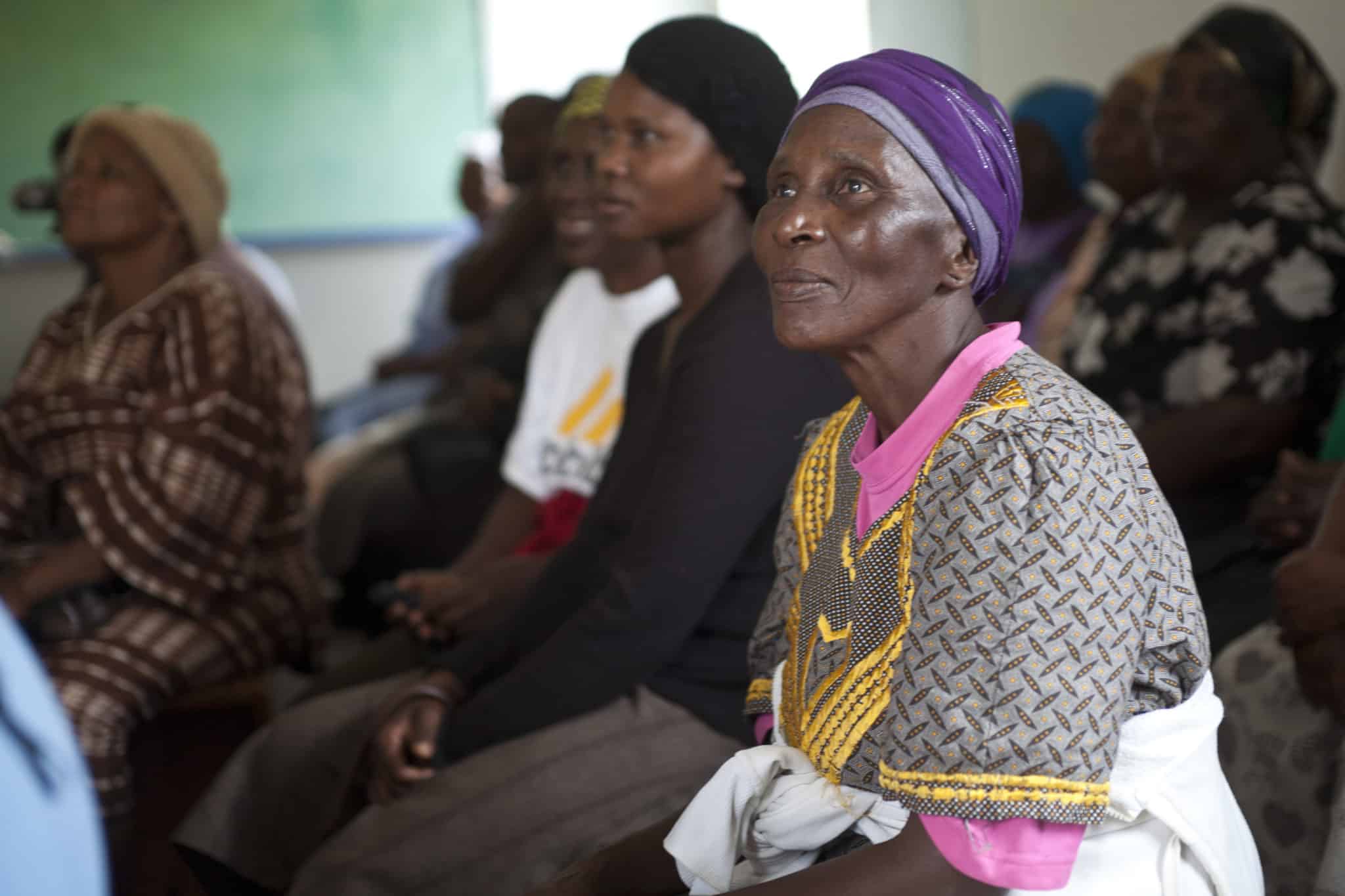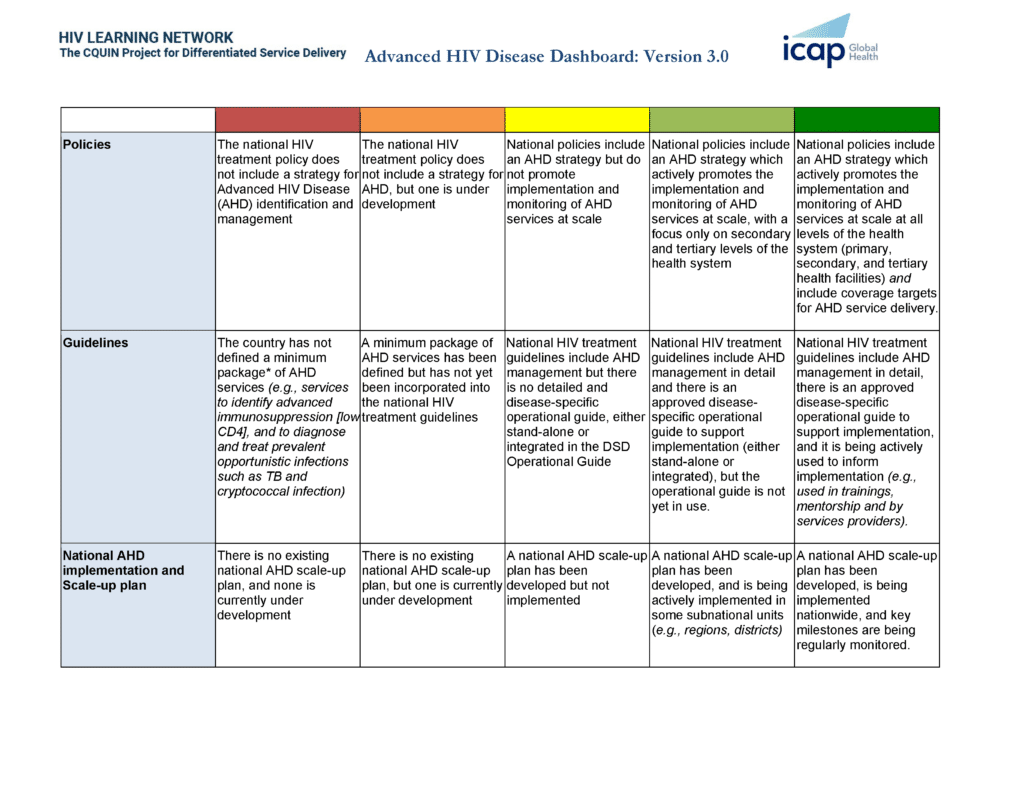Strengthening Health Systems to Support Services for Noncommunicable Diseases in Low-income Countries
Many HIV programs in low-income countries have developed effective, locally owned and contextually appropriate policies, systems, and tools to support chronic care services for persons living with HIV (PLWH). The continuity of care provided by such programs may be especially critical for older PLWH, who are at risk for more rapid progression of disease and are more likely to have complications of HIV and its treatment than their younger counterparts. Older PLWH are also more likely to have other chronic noncommunicable diseases (NCDs), including hypertension, diabetes, cancers and chronic lung disease. As the number of older PLWH rises, enhanced chronic care systems will be required to optimize their health and wellbeing. These systems, lessons and resources can also be leveraged to support the burgeoning numbers of HIV-negative individuals with chronic NCDs in need of ongoing care. This article summarizes key issues and evidence related to continuity care, highlighting programmatic lessons learned and the importance of strengthening chronic care systems for aging populations.
View the full article here.





